Home>Home Maintenance>How Much Does A Home Inspection Cost In Oklahoma


Home Maintenance
How Much Does A Home Inspection Cost In Oklahoma
Modified: March 24, 2024
Find out the average cost of a home inspection in Oklahoma and ensure your home's maintenance with professional services. Contact us now for affordable solutions.
(Many of the links in this article redirect to a specific reviewed product. Your purchase of these products through affiliate links helps to generate commission for Storables.com, at no extra cost. Learn more)
Introduction
Welcome to the world of homeownership! Whether you’re a first-time buyer or a seasoned homeowner, one thing remains constant: the need for a home inspection. A home inspection is a crucial step in the buying process and can provide valuable insights into the condition of a property.
When it comes to purchasing a home, it’s essential to have a clear understanding of its overall condition. A comprehensive home inspection can help identify potential issues and provide an accurate assessment of the property’s value. But how much does a home inspection cost in Oklahoma?
In this article, we will explore the factors that can affect the cost of a home inspection in Oklahoma, the average price range you can expect to pay, and additional services that may come with extra fees. We will also discuss the importance of a home inspection and provide tips on choosing a qualified home inspector and saving money on inspections.
So, let’s dive in and uncover all the key information you need to know before scheduling a home inspection in Oklahoma!
Key Takeaways:
- Home inspections in Oklahoma typically cost between $300 and $500, depending on factors like property size, condition, and location. Additional services such as radon testing or mold inspection may incur extra fees.
- Choosing a qualified home inspector is crucial for a thorough assessment. It’s important to compare prices, ask for package deals, and attend the inspection to save money without compromising on quality.
Read more: How Much Does Engine Repair Cost
Factors Affecting Home Inspection Cost in Oklahoma
The cost of a home inspection in Oklahoma can vary based on several factors. It’s important to understand these factors to estimate the potential expenses associated with a home inspection. Here are the key factors that can affect the cost:
- Size of the Property: The size of the property is one of the primary factors that influence the cost of a home inspection. Larger homes generally require more time and effort to inspect thoroughly, which can result in higher fees.
- Age and Condition of the Property: Older homes or properties in poor condition may require a more detailed inspection, which can impact the overall cost. These homes often have more potential issues that need to be assessed, leading to a more extensive inspection process.
- Location: The location of the property can also influence the cost of a home inspection. In metropolitan areas or regions with higher living costs, inspection fees may be slightly higher compared to rural areas.
- Additional Services: Home inspection costs can increase if you opt for additional services such as radon testing, mold inspection, or termite inspection. These services provide more comprehensive information but come with additional fees.
- Experience and Qualifications of the Inspector: The expertise and qualifications of the home inspector can impact the cost. Highly experienced and certified inspectors may charge higher fees for their services.
It’s important to note that while cost is a significant consideration, it should not be the sole factor in choosing a home inspector. It is crucial to prioritize the inspector’s qualifications, experience, and reputation to ensure you receive a thorough and accurate assessment of the property.
Now that we understand the factors influencing the cost of a home inspection, let’s explore the average price range you can expect to pay in Oklahoma.
Average Home Inspection Cost in Oklahoma
The average cost of a home inspection in Oklahoma typically ranges between $300 and $500. However, it’s important to keep in mind that this is just an estimate, and actual prices may vary depending on the factors mentioned earlier.
The size of the property is one of the primary factors that can affect the cost of a home inspection. On average, a smaller property, such as a condo or townhouse, may have a lower inspection fee compared to a larger single-family home. Expect to pay around $300 for a smaller property, while larger homes can range from $400 to $500 or more.
The age and condition of the property can also impact the cost. Older homes or properties in poor condition may require a more thorough inspection, hence a higher fee. Keep in mind that this additional cost is worth it to ensure that all potential issues are identified before finalizing your purchase.
If you require additional services like radon testing, mold inspection, or termite inspection, the cost will increase accordingly. These services involve specialized testing and equipment, and the fees can range from an additional $100 to $200 or more.
Remember that the expertise and qualifications of the home inspector also play a role in determining the cost. Highly experienced and certified inspectors may charge higher fees for their services, but their expertise can give you peace of mind that the inspection is thorough and accurate.
To get an accurate estimate for your specific property, it’s best to contact several reputable home inspectors in your area and obtain quotes. This will allow you to compare prices and choose the best option that fits your budget and requirements.
Now that we have an idea of the average home inspection cost in Oklahoma, let’s explore any additional fees and services you should be aware of.
Additional Fees and Services
In addition to the base cost of a home inspection, there may be additional fees for specialized services or specific types of inspections. It’s important to be aware of these potential fees to budget accordingly. Here are some common additional fees and services you may come across:
- Radon Testing: Radon is a naturally occurring radioactive gas that can be harmful in high concentrations. If you are concerned about radon levels in the property, you may opt for radon testing, which typically costs an additional $100 to $200.
- Mold Inspection: Mold can be a health hazard and may indicate moisture issues in a property. If you suspect mold or want to ensure there are no mold-related problems, you can request a mold inspection. Mold inspections may cost around $200 to $300, depending on the size of the property and the extent of the inspection.
- Termite Inspection: Termites can cause significant damage to a property. A termite inspection is essential, especially in areas prone to termite activity. The cost for a termite inspection varies, but it typically ranges from $75 to $150.
- Additional Systems or Components: Some home inspectors may charge extra for assessing additional systems or components such as swimming pools, septic systems, or outbuildings. The fees for these additional assessments can vary depending on the complexity and size of the system or component.
- Return Inspections: In some cases, the inspector may need to return for a follow-up inspection if there were issues that needed further evaluation or repairs. Return inspections may incur additional fees, so it’s important to inquire about these costs upfront.
Keep in mind that not all of these additional services may be necessary for every property. It’s important to discuss your specific needs with the home inspector to determine which services are relevant in your situation. By understanding potential additional fees, you can budget accordingly and ensure a thorough inspection of the property.
In the next section, we will delve into the importance of a home inspection and why it is a crucial step in the homebuying process.
The cost of a home inspection in Oklahoma can vary depending on the size and age of the home, as well as the inspector’s experience. On average, you can expect to pay between $300 and $500 for a standard home inspection.
Importance of a Home Inspection
A home inspection is a critical step in the homebuying process as it provides valuable insights into the condition of a property. Here are some key reasons why a home inspection is important:
- Identifying Potential Issues: A thorough home inspection can help uncover potential issues or defects in a property. From structural concerns to electrical or plumbing problems, a skilled home inspector can identify potential issues that may not be apparent to the untrained eye. This knowledge allows you to make an informed decision about the property and negotiate repairs with the seller if necessary.
- Assessing Safety Hazards: A home inspection can also identify safety hazards that may be present in a property. This includes issues such as faulty wiring, inadequate ventilation, or the presence of hazardous materials like asbestos or lead paint. Knowing about these hazards allows you to make informed decisions about your safety and the potential cost of remediation.
- Evaluating the Overall Condition: A home inspection provides a comprehensive evaluation of the overall condition of a property. It assesses the quality of the construction, the integrity of the components, and the functionality of the systems. Understanding the condition of the property helps you gauge its value and determine if it meets your expectations.
- Estimating Future Expenses: By identifying potential issues and the overall condition of the property, a home inspection can assist in estimating future expenses. This knowledge helps you plan for any necessary repairs or maintenance and avoid unexpected costs down the line.
- Negotiating Power: Armed with the information from a home inspection, you have greater negotiating power. If significant issues are uncovered during the inspection, you can negotiate with the seller to address these issues or adjust the sale price accordingly. This can help protect your investment and ensure you are making an informed decision.
Ultimately, a home inspection provides peace of mind. It allows you to enter into the homebuying process with your eyes wide open, fully aware of the property’s condition and any potential issues. It’s an investment in your future, helping you make a confident decision and ensuring a smooth and enjoyable homeownership experience.
Next, we will provide tips on choosing a qualified home inspector to conduct your home inspection in Oklahoma.
Read more: How Much Does Driveway Repair Cost
Choosing a Qualified Home Inspector
Choosing a qualified home inspector is crucial to ensure a thorough and accurate assessment of the property. Here are some key tips to help you select the right home inspector:
- Check for Licensing and Certifications: Verify that the home inspector is licensed to practice in Oklahoma. Additionally, look for certifications from reputable organizations such as the American Society of Home Inspectors (ASHI) or the International Association of Certified Home Inspectors (InterNACHI). These certifications indicate that the inspector has the necessary training and knowledge to perform the inspection.
- Research Experience: Find out how long the inspector has been in the industry and inquire about their experience with properties similar to the one you’re considering purchasing. An experienced inspector will have encountered a wide range of issues and will be better equipped to identify potential problems.
- Read Reviews and Ask for Recommendations: Look for online reviews or ask friends, family, or your real estate agent for recommendations. This will give you insights into the inspector’s reputation and the quality of their work.
- Inquire about Sample Reports: Request sample inspection reports from potential inspectors to get an idea of their level of detail and thoroughness. A well-documented and comprehensive report will provide you with a clear understanding of the inspection findings.
- Ask about Continuing Education: Inquire about the inspector’s commitment to ongoing education and staying up-to-date with industry standards. This demonstrates their dedication to maintaining their knowledge and skills in a rapidly evolving field.
- Ensure Insurance Coverage: Ask about the inspector’s insurance coverage, including errors and omissions (E&O) insurance. This insurance protects both you and the inspector in case of any errors or omissions during the inspection process.
- Request a Sample Inspection Agreement: The inspection agreement outlines the scope of the inspection, the limitations, and the inspector’s responsibilities. Review a sample agreement to ensure it covers all necessary aspects and protects your interests.
- Ask for Referrals: A reputable home inspector should be able to provide you with referrals from past clients. Reach out to these referrals to get an idea of their experience working with the inspector and the quality of the inspection.
By following these tips, you can choose a qualified home inspector who will provide a thorough assessment of the property and help you make informed decisions about your potential home purchase.
Now that we have covered choosing a qualified home inspector, let’s explore some tips for saving money on home inspections without compromising on quality.
Tips for Saving Money on Home Inspections
While a home inspection is a necessary investment, there are ways to save money without sacrificing the quality of the inspection. Here are some tips to help you save money on home inspections:
- Shop Around and Compare Prices: Contact multiple home inspectors in your area and request quotes. Comparing prices will give you an idea of the average cost in your area and help you find the best value for your money.
- Ask for Package Deals: Inquire about package deals or discounts for bundling multiple inspections or services. For example, some inspectors may offer a discounted rate if you request a radon test or a mold inspection along with the standard home inspection.
- Consider a Referral from Your Real Estate Agent: Sometimes, real estate agents have partnerships or relationships with home inspectors and may be able to secure a discounted rate for their clients. However, ensure that the recommended inspector meets your requirements and is qualified for the job.
- Avoid Choosing the Cheapest Option: While cost-saving is important, it’s essential not to compromise on the quality of the inspection. Choosing the cheapest inspector may result in a less thorough assessment or possible oversights. Focus on finding a balance between affordability and experience.
- Attend the Inspection: Consider attending the inspection yourself. This allows you to actively participate in the process and ask questions directly to the inspector. It may also help you understand the findings better and potentially save money by avoiding unnecessary follow-up inspections.
- Opt for a Maintenance Inspection: If you’re not in the process of buying a property, but rather seeking a general assessment of your current home’s condition, consider opting for a maintenance inspection instead of a full home inspection. Maintenance inspections are typically shorter and more focused, resulting in a lower cost.
- Take Care of Basic Pre-Inspection Tasks: Ensure easy access to all areas of the property, including the attic, basement, and crawl spaces. Clearing away any clutter or debris can save the inspector time and prevent any additional charges for accessing blocked areas.
- Ask for Recommendations on Repairs: If the inspection reveals minor issues or maintenance tasks that you can handle yourself, ask the inspector for recommendations. This can help you save money on hiring professionals for minor repairs or maintenance tasks.
Remember, the primary goal is to obtain a thorough and accurate assessment of the property. While cost-saving is important, it should not come at the expense of a comprehensive inspection. Use these tips to find a balance between affordability and quality when scheduling your home inspection.
Now, let’s conclude our discussion on the cost of home inspections in Oklahoma.
Conclusion
When it comes to purchasing a home in Oklahoma, a thorough home inspection is an essential step in the process. While the cost of a home inspection may vary based on factors such as property size, condition, location, and additional services, it typically ranges between $300 and $500.
Understanding the importance of a home inspection and its ability to uncover potential issues and safety hazards is crucial for making informed decisions about your investment. By assessing the property’s overall condition, estimating future expenses, and negotiating repairs or adjustments, a home inspection provides invaluable insights that can help protect your investment and ensure peace of mind.
Choosing a qualified home inspector is paramount. Consider factors such as licensing, certifications, experience, and the inspector’s reputation. Request sample reports, review agreements, and seek referrals to ensure you’re working with a competent and trustworthy professional.
To save money on home inspections, shop around for competitive prices, consider package deals or referrals, and attend the inspection to actively participate in the process. Opting for a maintenance inspection or taking care of pre-inspection tasks can also help reduce costs without compromising on the quality of the assessment.
Remember, a home inspection is an investment in your future as a homeowner. It provides you with the knowledge and confidence to make informed decisions and helps you avoid unexpected expenses down the line. So, prioritize the home inspection as an integral part of your homebuying process in Oklahoma.
Now that you’re armed with the knowledge about the cost of home inspections, factors affecting the cost, and tips to save money, you can confidently move forward with scheduling a comprehensive home inspection. Happy home hunting!
Frequently Asked Questions about How Much Does A Home Inspection Cost In Oklahoma
Was this page helpful?
At Storables.com, we guarantee accurate and reliable information. Our content, validated by Expert Board Contributors, is crafted following stringent Editorial Policies. We're committed to providing you with well-researched, expert-backed insights for all your informational needs.



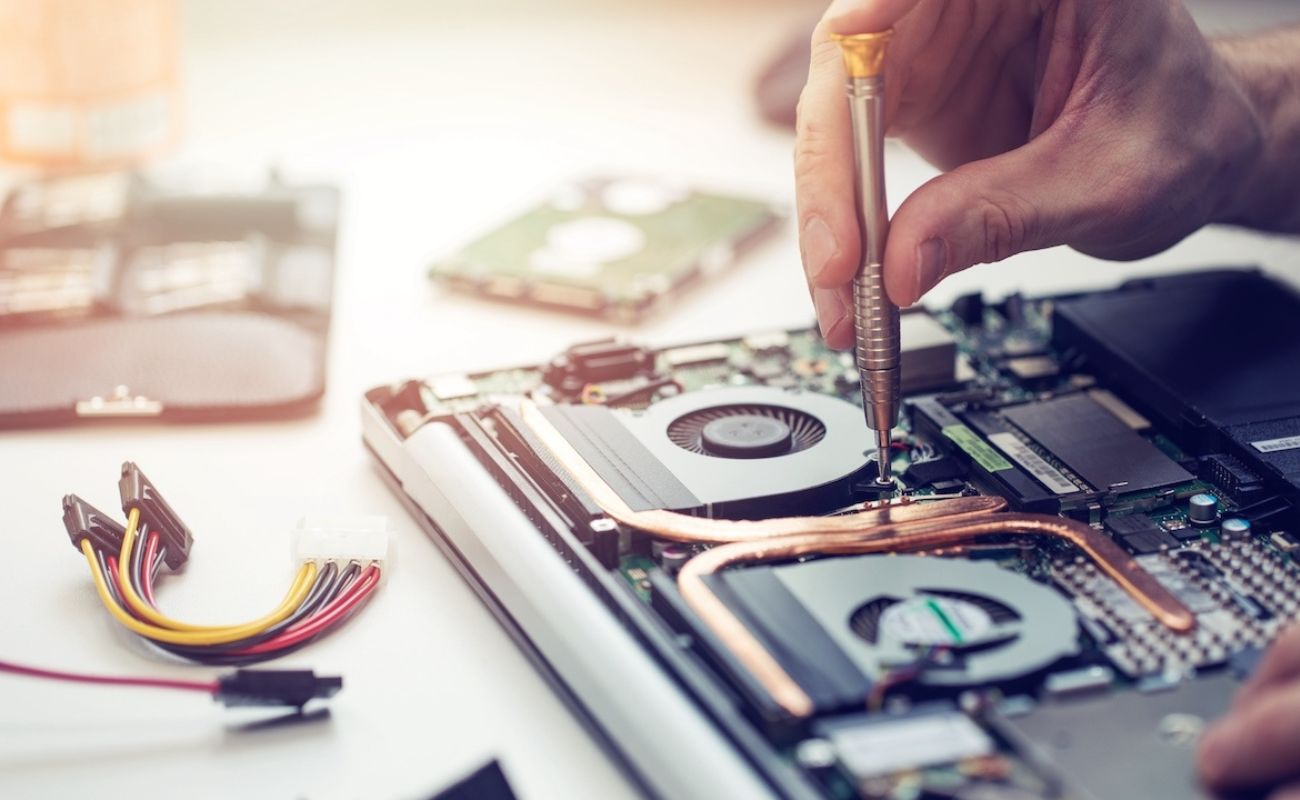
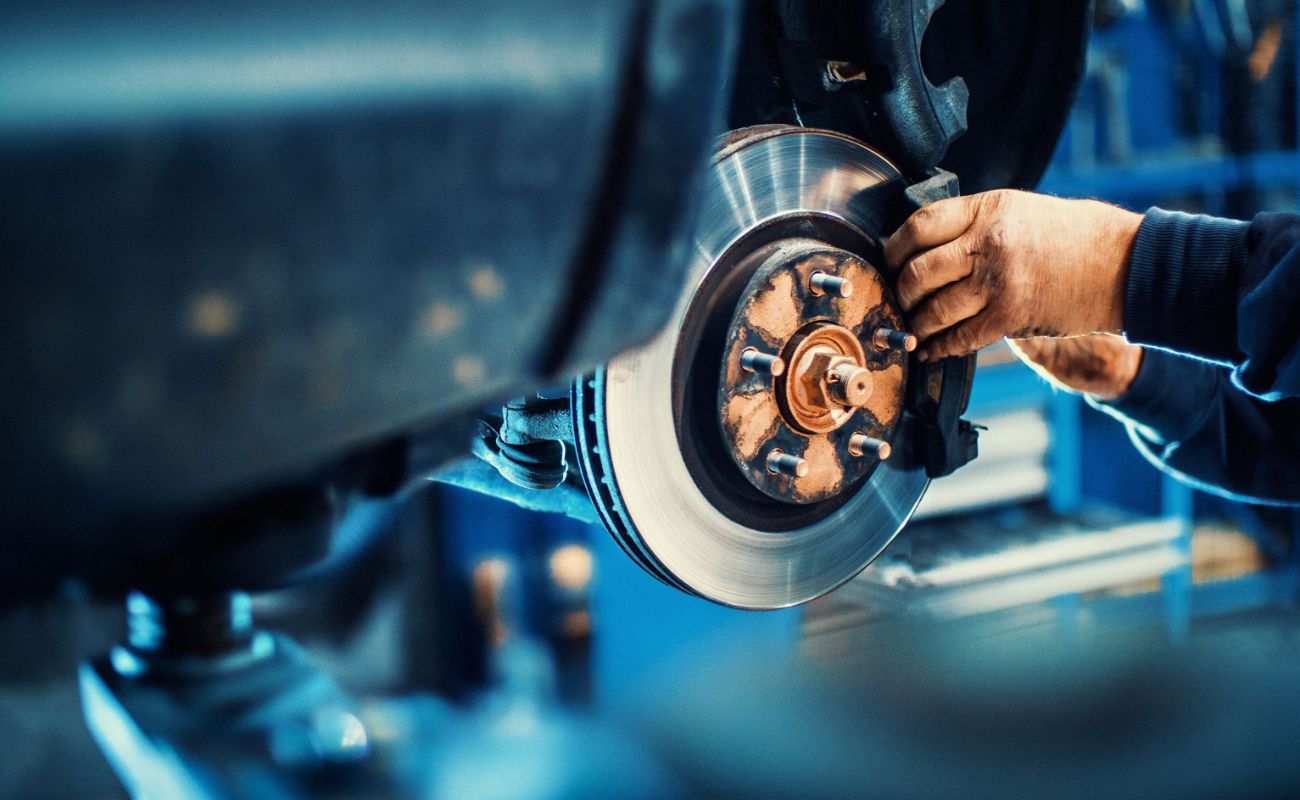
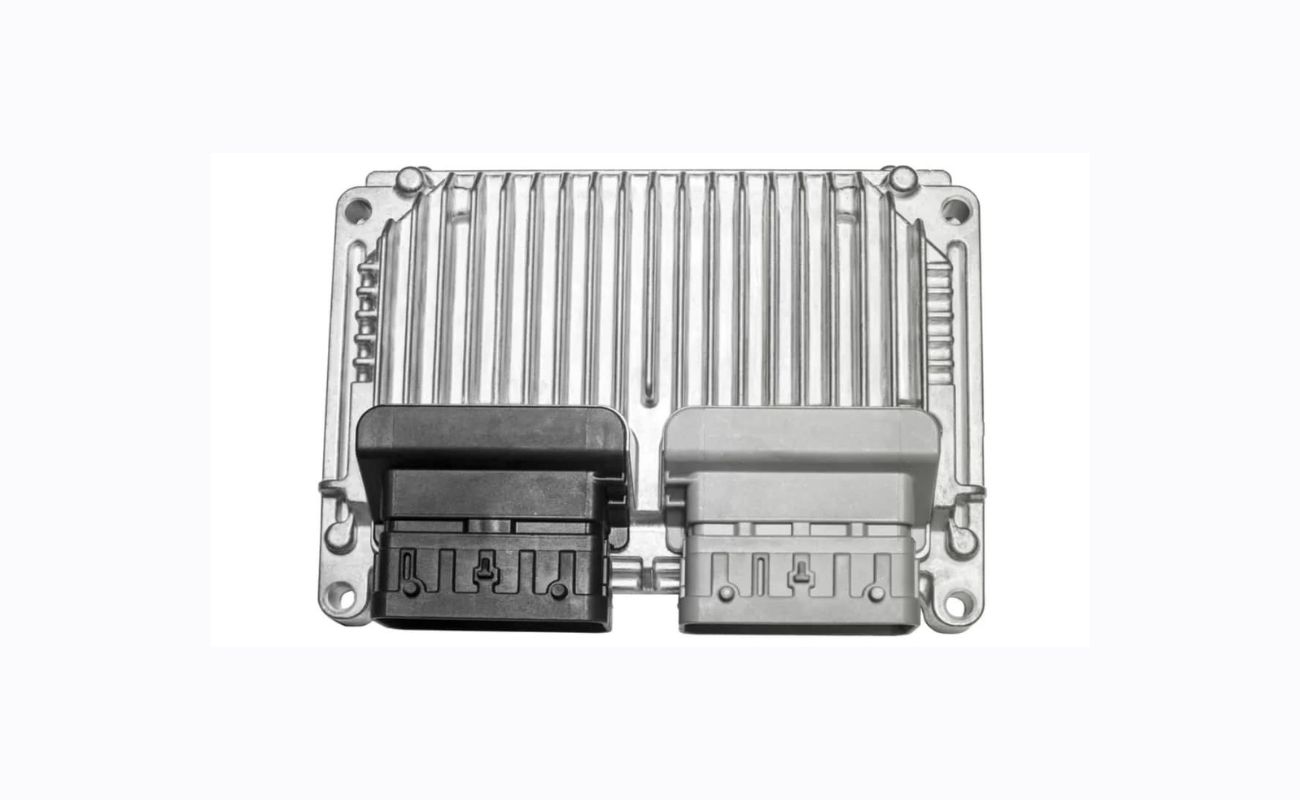


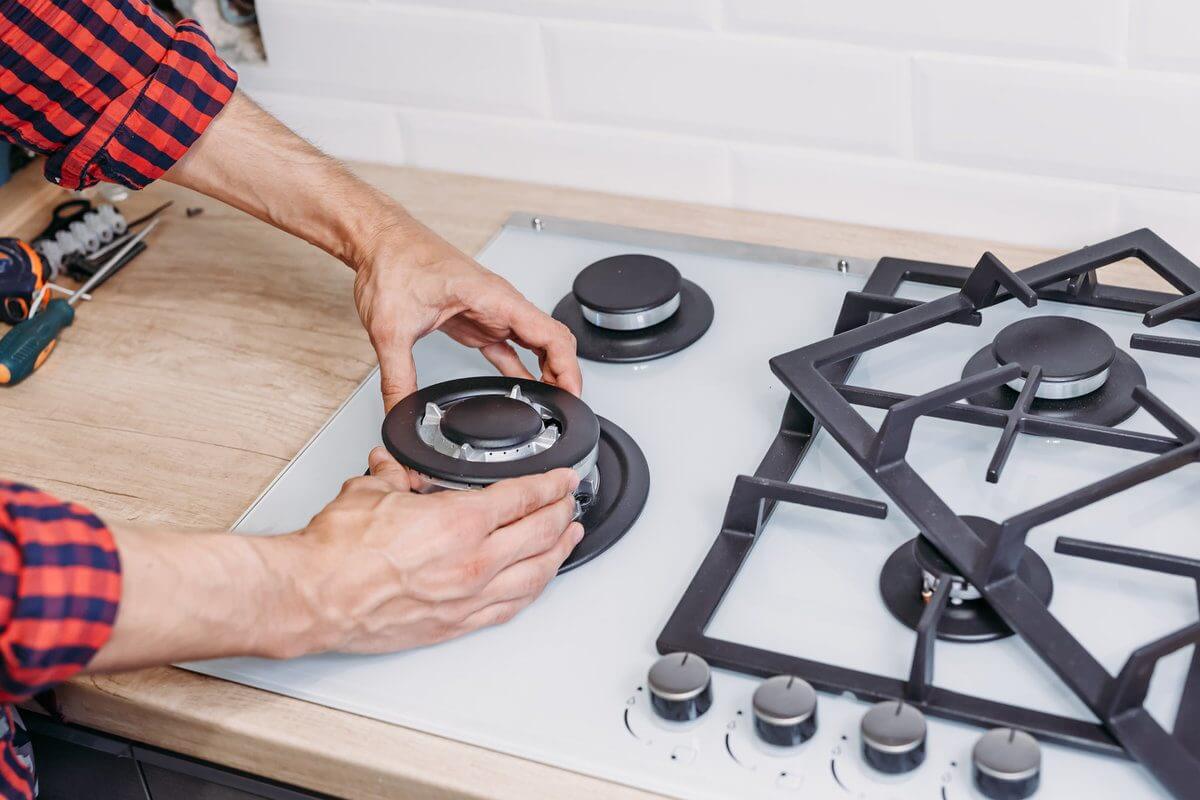
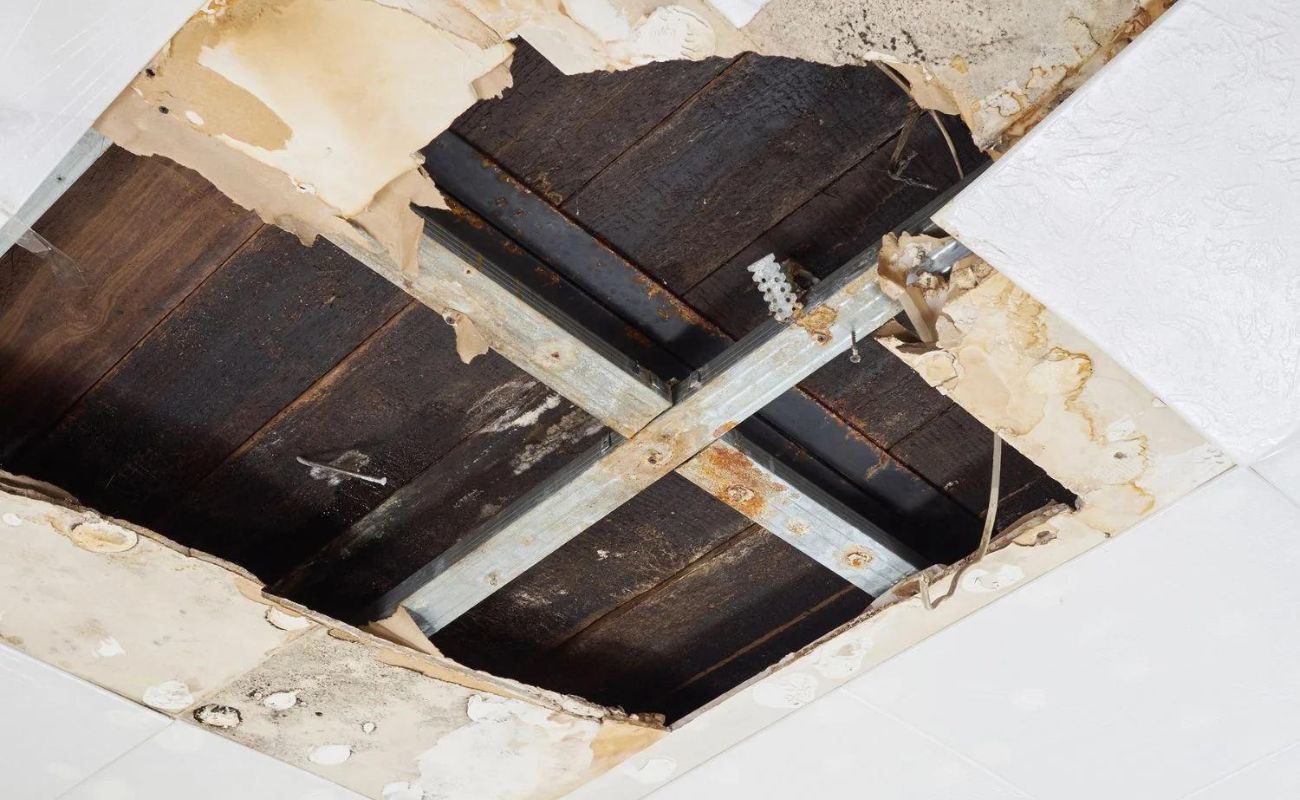
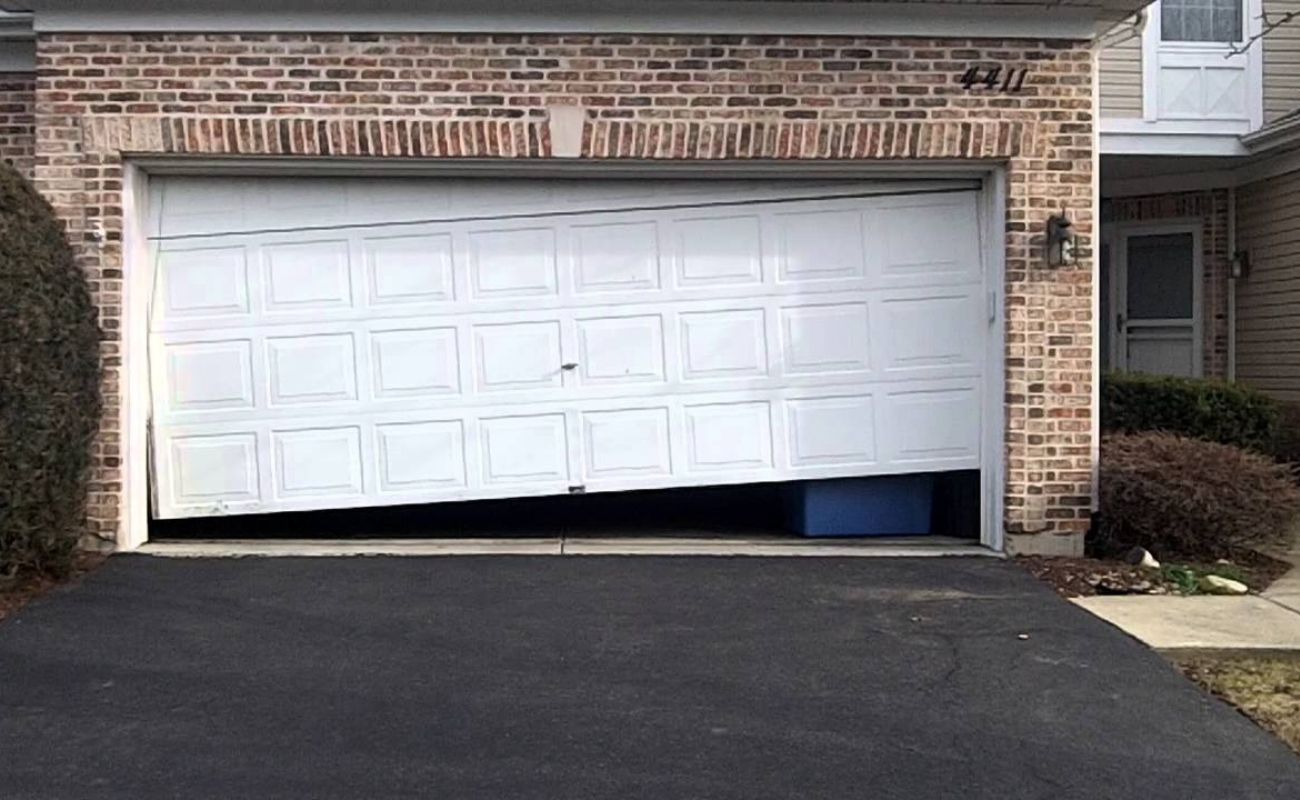
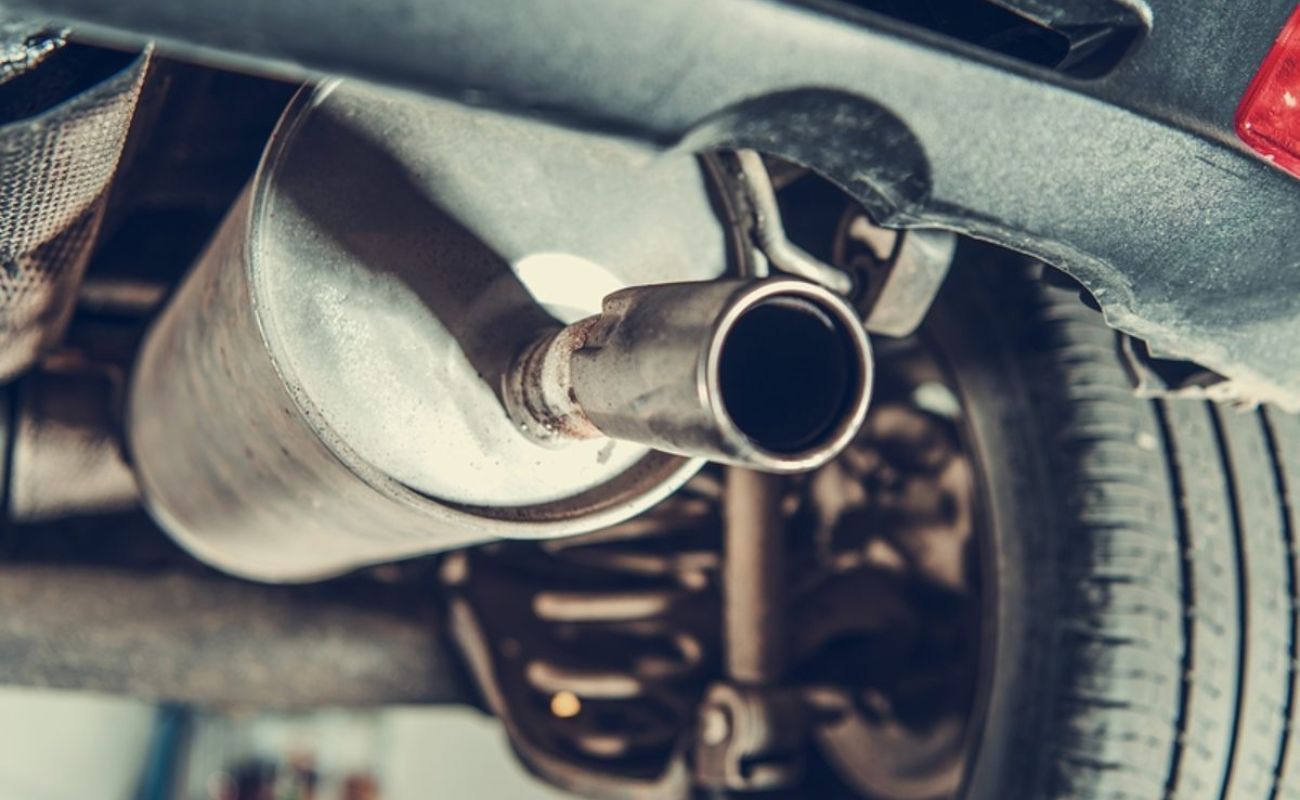
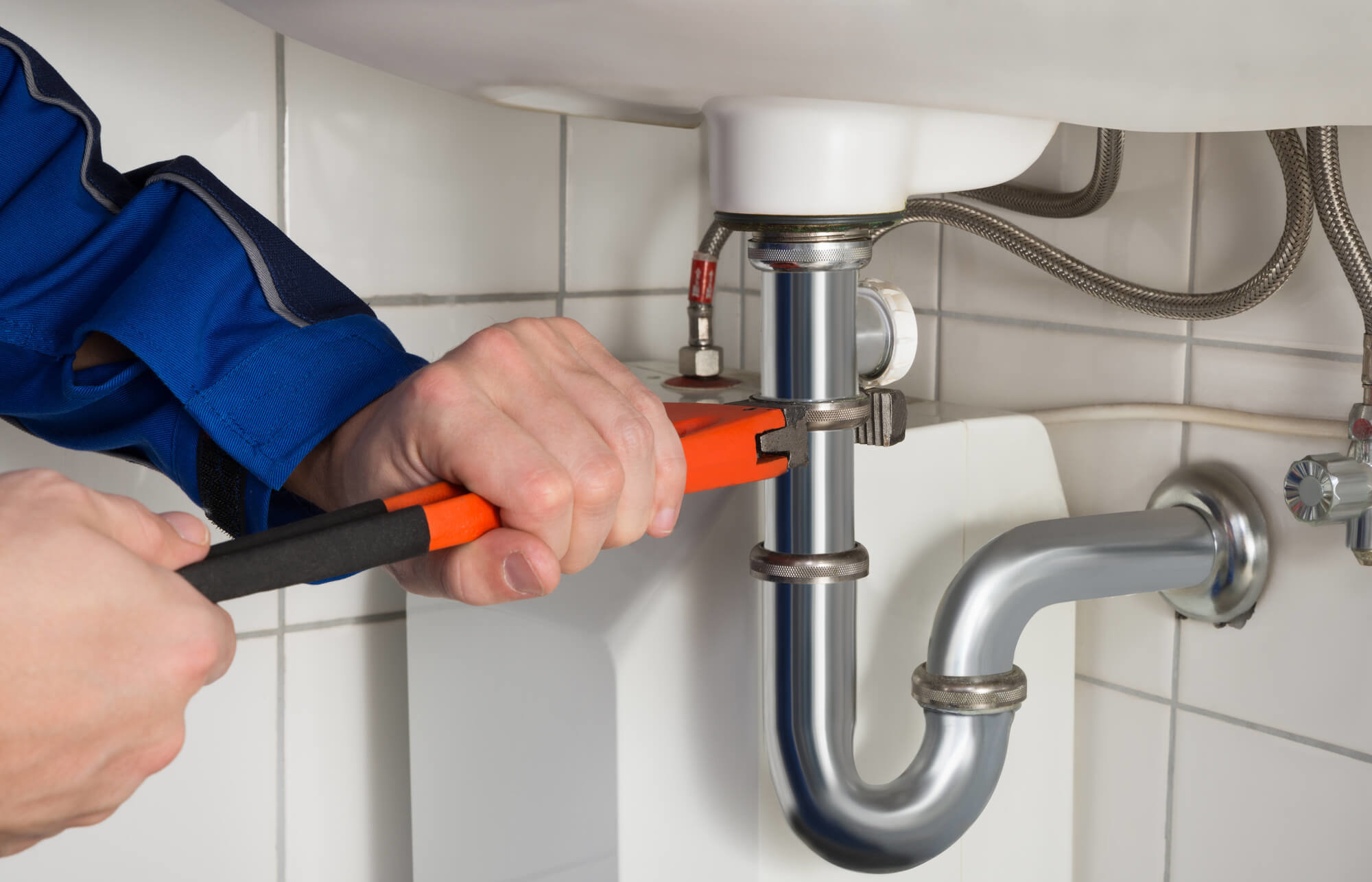
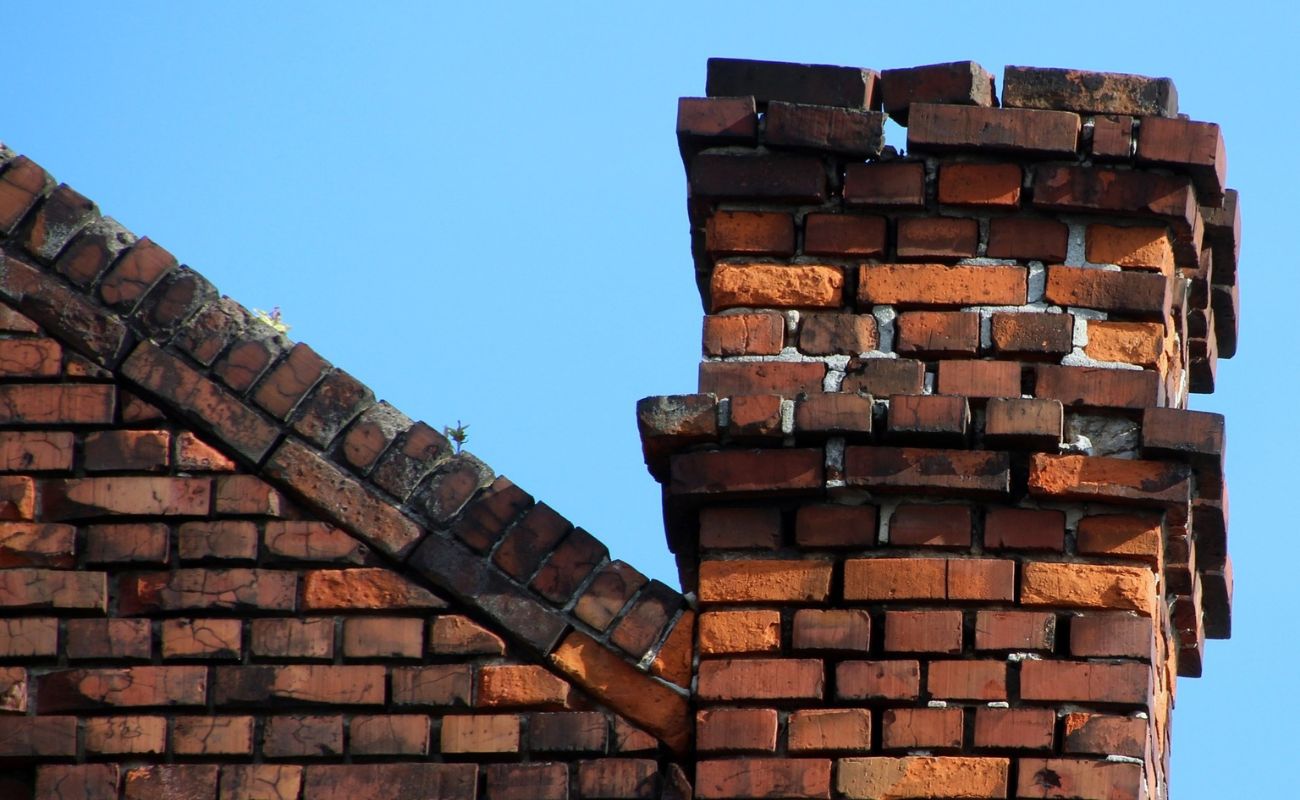

0 thoughts on “How Much Does A Home Inspection Cost In Oklahoma”